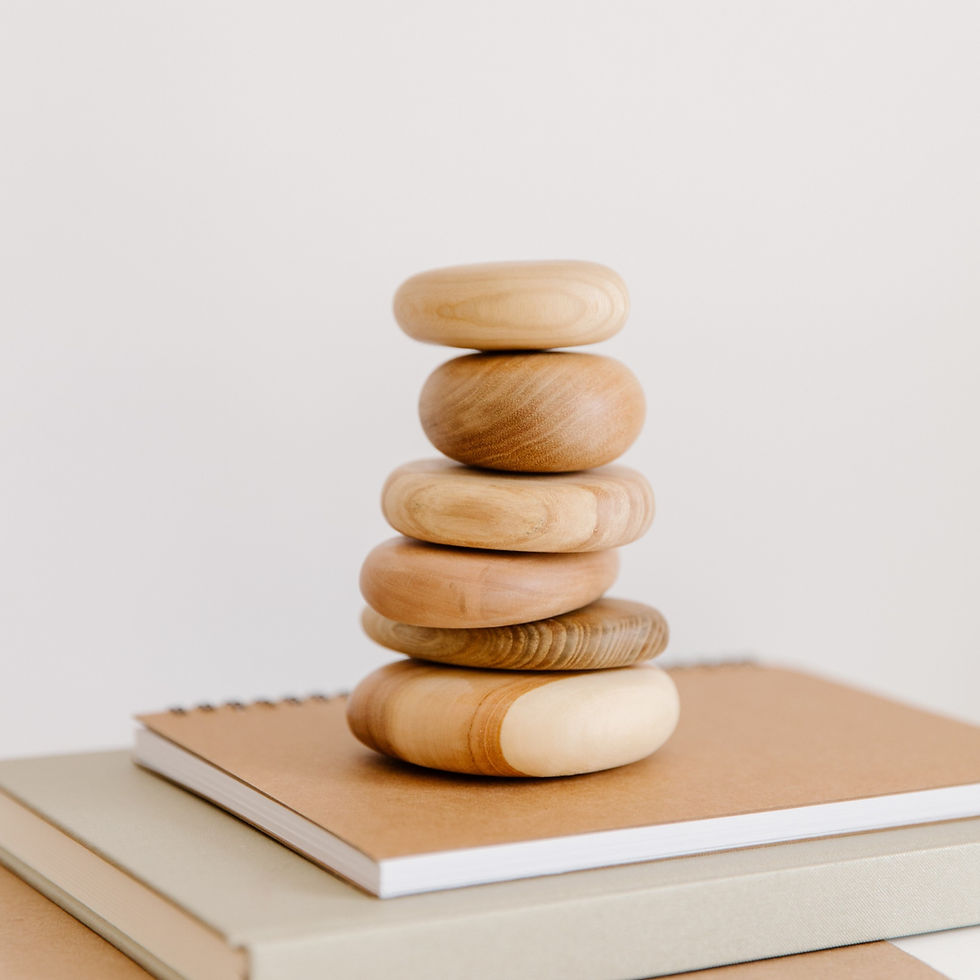Breathe In, Breathe Out: Power of Breath for Mindfulness and Emotional Well-being
- Snehapriya Roy
- Sep 21, 2023
- 3 min read
Updated: Nov 2, 2023

Breathing is the very essence of our life, and yet it is often taken for granted. It's the first thing we do when we come into this world and the last when we leave it. Our life is, in many ways, the sum of the breaths we take. But have you ever paused to express gratitude for your breath?
Our breath, our body, and our mind are intricately interconnected. The way we breathe is influenced by our physical and mental states. When we engage in intense workouts or go for a run, our breathing pattern changes. Conversely, when we find ourselves sitting peacefully in a garden, our breath adopts a different rhythm. Similarly, our breath is intimately tied to our mental state. When we are stressed, our breathing quickens and becomes shallow, while moments of celebration lead to a more relaxed and rhythmic breath. It's a two-way street: our state of mind affects our breathing, and our breathing can, in turn, influence our state of mind. This underscores the immense power of the breath in managing our emotions and our mental well-being.
If you've read my previous articles, you've likely come across the concept of mindfulness, which simply means being fully aware of the present moment. Your breath is the one constant that can instantly bring you to the present. Our minds are always occupied with thoughts, making it challenging to remain present.If you struggle to break free from the constant stream of your thoughts, consider using your breath as an anchor. Take a moment to notice each inhalation and exhalation. Pay attention to how it makes you feel and observe how it shifts your state of mind.
At times, you might discover that maintaining concentration for even five breaths feels like an uphill battle. Our monkey minds are relentless, constantly seeking to wriggle away from control and hop to the next thought. That's perfectly normal. Instead of aiming for five breaths, start with just two deep breaths. With practice, you'll find it becomes easier to extend this mindfulness.
Here's a simple exercise to try the next time you're feeling anxious or stressed. You can even make it a daily habit, requiring only five minutes of your day. After a month of consistent practice, take note of how you feel, and if you find it beneficial, consider gradually increasing the duration to 15 minutes daily.
Here's how to use mindful breathing as a practice:
1. Find a Quiet Space: Start by finding a quiet and comfortable place to sit or lie down where you will be undisturbed for a few minutes. You can close your eyes if that feels comfortable to you, but it's not necessary.
2. Focus on Your Breath: Begin by simply observing your breath. Pay attention to the natural rhythm of your breathing—inhales and exhales. Notice the sensation of the breath as it enters and leaves your body.
3. Breathe Normally: Allow your breath to flow naturally; there's no need to force it or change its pattern. The key is to observe without judgment.
4. Stay Present: As you focus on your breath, you might notice that your mind starts to wander. Thoughts, concerns, or distractions may arise. This is normal. When this happens, gently redirect your attention back to your breath. You can even acknowledge the distraction without judgment, saying to yourself, "I noticed my mind wandering, and that's okay. Now, I return to my breath."
5. Observe Sensations: Pay attention to the physical sensations of breathing. Feel the rise and fall of your chest or the expansion and contraction of your abdomen with each breath. Notice the coolness of the inhale and the warmth of the exhale.
6. Counting or Mantra: Some people find it helpful to count their breaths (e.g., inhale for a count of four, exhale for a count of four) or use a simple word or phrase (mantra) to focus their attention. For example, you can silently say "inhale" on the inhale and "exhale" on the exhale.
7. Practice Regularly: Mindful breathing is most effective when practiced regularly. You can start with just a few minutes each day and gradually extend the duration as you become more comfortable with the practice.
8. Extend Mindfulness to Daily Life: As you become more proficient in mindful breathing, you can integrate it into your daily activities. Practice mindful breathing while walking, during chores, or in moments of stress to help ground yourself.

Breath is the bridge that connects our body, mind, and the present moment. By embracing this powerful tool, you can cultivate mindfulness, manage your emotions, and nurture your mental well-being one breath at a time.
So, take a moment right now to close your eyes, inhale deeply, exhale fully, and savour the gift of your breath.














Comentarios